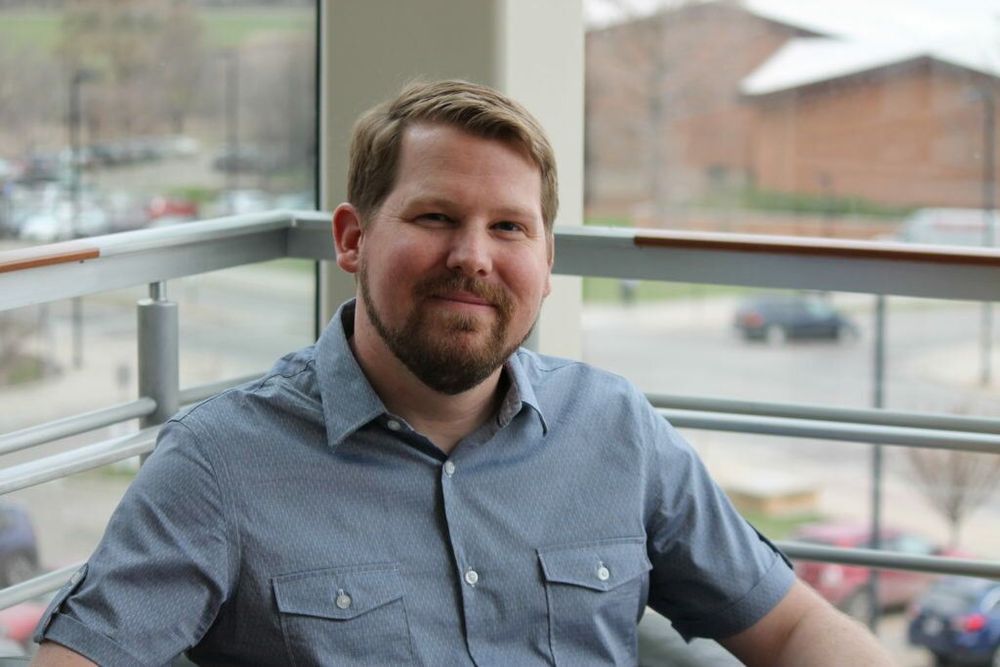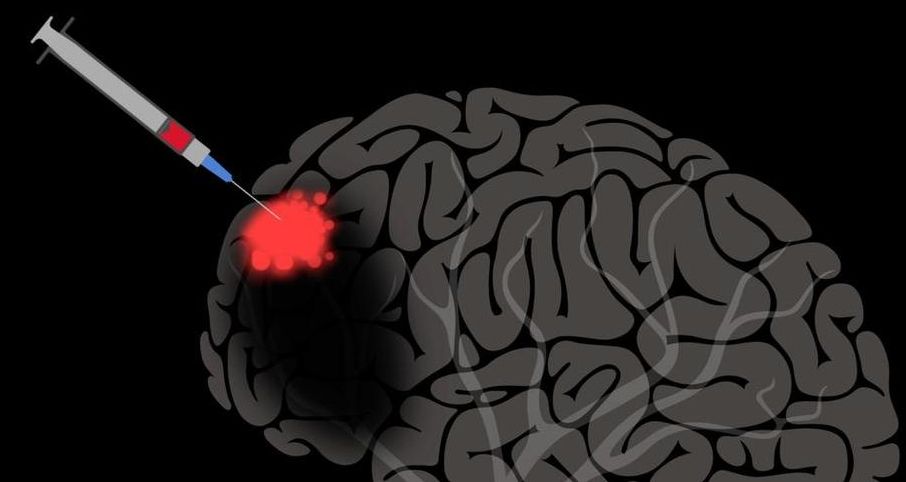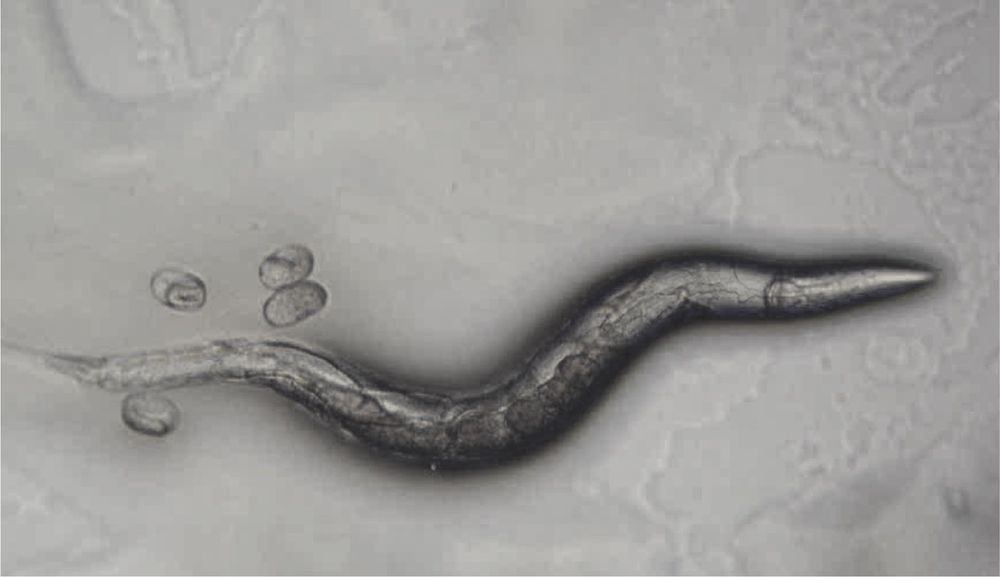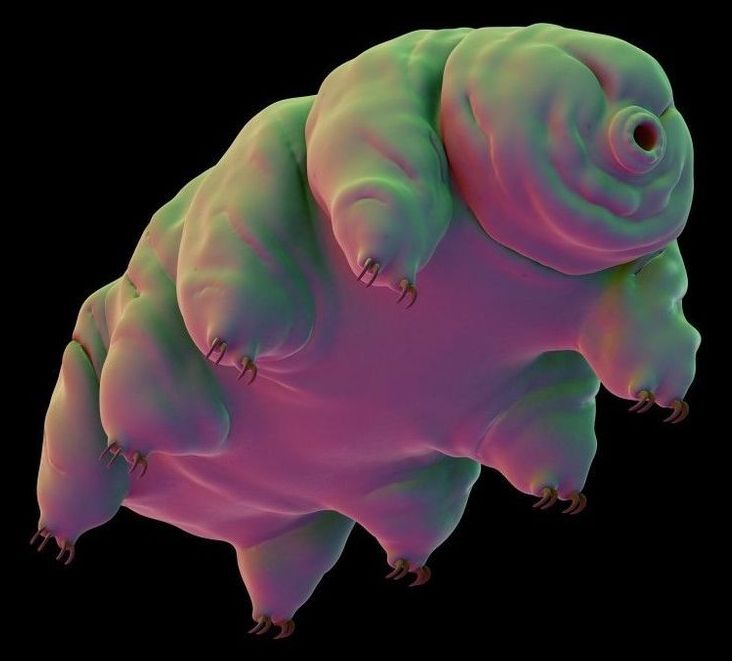A groundbreaking set of studies has found that blocking certain receptors in the brain leads to the growth of remarkably strong bones. Could a new osteoporosis treatment be on the horizon?





Through treating everything from strokes to car accident traumas, neurosurgeon Jocelyne Bloch knows the brain’s inability to repair itself all too well. But now, she suggests, she and her colleagues may have found the key to neural repair: Doublecortin-positive cells. Similar to stem cells, they are extremely adaptable and, when extracted from a brain, cultured and then re-injected in a lesioned area of the same brain, they can help repair and rebuild it. “With a little help,” Bloch says, “the brain may be able to help itself.”
David is a paraplegic — but now he can walk again.

A total knee replacement is usually the result of the cartilage within the joint wearing out due to arthritis. Such surgeries are difficult to perform, require a good deal of rehabilitation, and too often result in sub-optimal outcomes. An implantable shock absorber has now been implanted for the first time in the United States to test whether it can delay the need for total knee replacements, and maybe even avoid such procedures completely in many patients.
The Calypso Knee System was developed by Moximed, a company based in Fremont, California, and surgeons at The Ohio State University Wexner Medical Center are the first to try it out in the U.S. The device attaches to the sides of the femur and tibia bones, away from the joint itself and therefore doesn’t alter the anatomy of the fragile joint.


Demonstrating the preservation of cells after a living organism is pronounced dead and revived is not a traditional bioart topic. But it is an important one. It is a crucial step for advances in the use of lowered temperatures for sustaining the efficacy of organs and organisms during medical procedures, and especially of preserving neurons for the science cryonics.
My recent bioart research is a breakthrough that will help to build momentum toward more advanced studies on information storage within the brain, as well as short-term behaviors of episodic, semantic, procedural, and working memory.
In this article, I will review how I became involved in this research, the guidance along the way, my initial training at 21st Century Medicine, pitching the research project to Alcor, and submitting my proposal to its Research Center (ARC). I will then take you into the lab, the process of trial and error in our first studies, developing a protocol based on olfactory imprinting and applying several cryopreservation methods, developing the migration index, and the rewards of working with a lab technician who became an admiral colleague.
Latest Treatment Options for Epilepsy.

You can freeze them, burn them, dry them out or even blast them into space, but humble tardigrades can survive it all.
As a demonstration of tardigrade power, a new experiment has shown that even locking the critters in a block of ice for three decades fails to deliver the ultimate knockout.
Japanese researchers successfully brought two tardigrades — often called “water bears” for their claws and head shape — back to life after being frozen for 30 years. A separate team of Japanese researchers with the 24th Japanese Antarctic Research Expedition discovered the eight-legged, microscopic pair of animals back in 1983 in a frozen sample of moss, which was kept below freezing to the present day.
Journalist Ashlee Vance travels to Montreal, Canada to meet the founders of Lyrebird, a startup that is using AI to clone human voices with frightening precision.
Hello World is a Webby and Emmy-nominated video series from Bloomberg that invites the viewer to come on a journey across the globe to find the inventors, scientists and technologists shaping our future. Join journalist and best-selling author Ashlee Vance on a quest to find the freshest, weirdest tech creations and the beautiful freaks behind them.
Watch more Hello World episodes: https://www.bloomberg.com/hello-world
Bloomberg is the First Word in business news, delivering breaking news & analysis, up-to-the-minute market data, features, profiles and more: http://www.bloomberg.com
Connect with us on…
Twitter: https://twitter.com/business
Facebook: https://www.facebook.com/bloombergbus…
Instagram: https://www.instagram.com/bloombergbu…
Twitter: https://twitter.com/business
Facebook: https://www.facebook.com/bloombergbusiness
Instagram: https://www.instagram.com/bloombergbusiness/